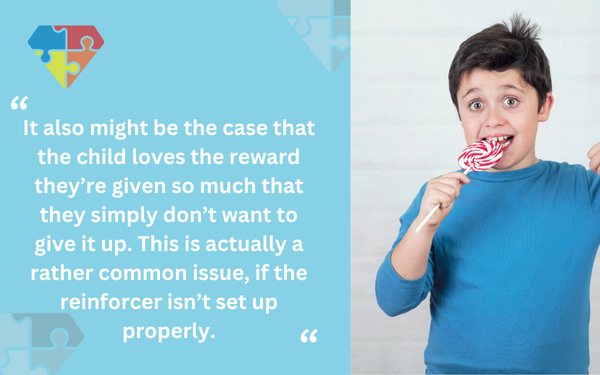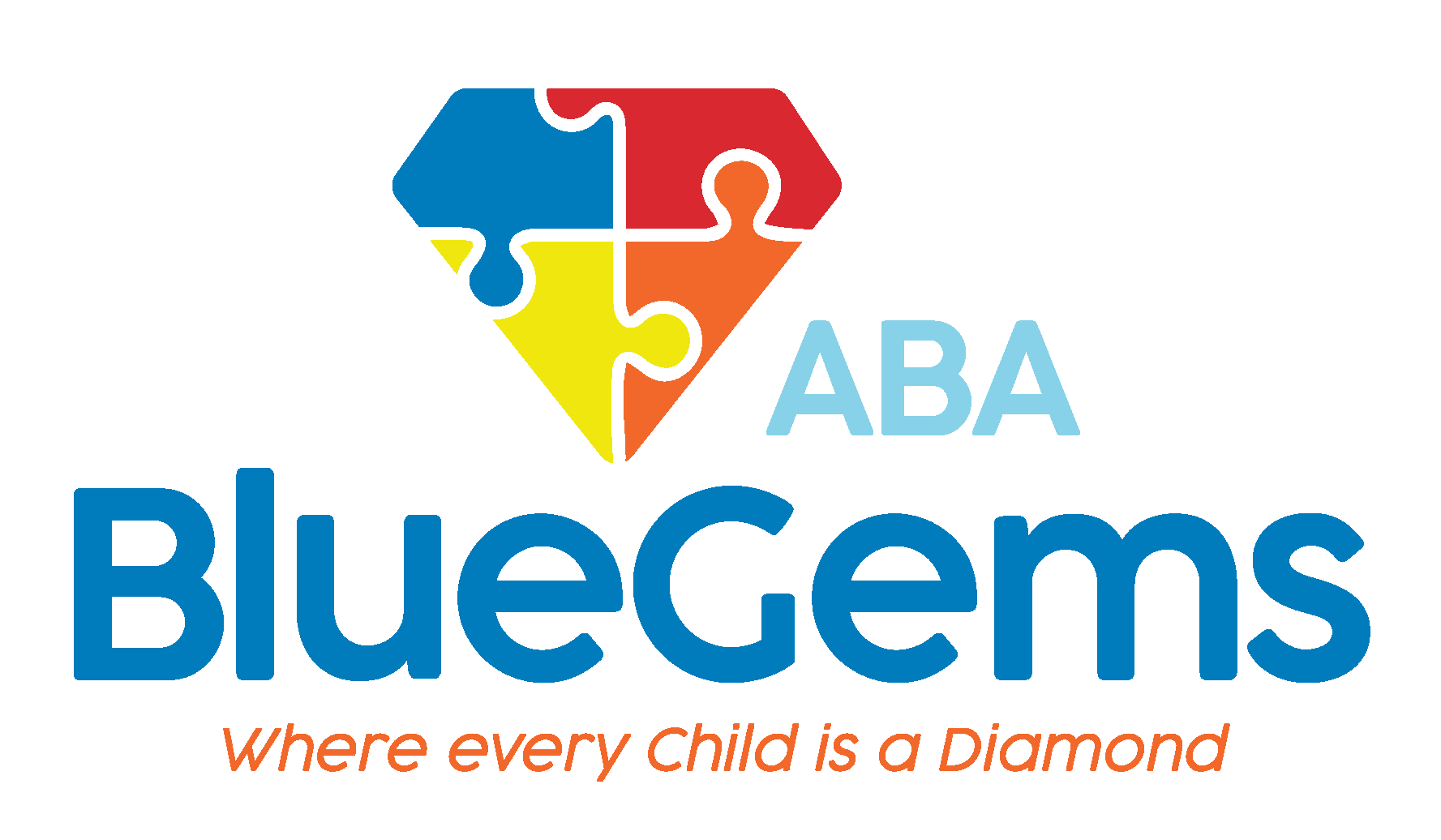What Happens if a Child Refuses Reinforcers in ABA?
Positive reinforcement is a core principle of how applied behavior analysis, or ABA therapy, is administered. Studies have proven that when a child is rewarded with something they like for successfully attempting or completing new tasks and/or modifying behaviors they’re being taught, the more likely to remain engaged in the therapy and motivated to keep trying.
As with all other aspects of ABA therapy, rewards that are used as the reinforcers are carefully selected based on each individual patient’s unique strengths, challenges and preferences. After all, a book may be a great reinforcer to one child with autism spectrum disorder (ASD) but not another.
Even when reinforcers are selected based on the child’s preferences, there may come a time when they simply aren’t as effective anymore. It could be that the child isn’t interested in it enough to comply with ABA therapy, or it could be that they aren’t treating it as a temporary reward — in other words, they’re refusing to give it back once they receive it.
What can ABA therapists do in these situations? Below, we’ll discuss what happens if a child refuses reinforcers in ABA.
Table Of Contents
Is It the Right Reinforcer?
ABA therapy treatment plans are designed with each individual patient in mind. Everything from reinforcers to goals to strategies and tools used are chosen based on in-depth evaluations, assessments and direct interactions between the therapy team and the child.
There may come a time, though, when some aspects of the treatment plan no longer serve the child as well as they might have at first. The same is true of reinforcers.
If a child refuses reinforcers in ABA therapy, the team needs to assess whether the reward that was chosen is actually the best one. An object, item or action can only be considered a true reinforcer if it leads to positive outcomes — i.e., mastery of new skills or changes in behavior.
Therapists will collect lots of data during ABA therapy sessions, and they can analyze this data to figure out whether the behavior or skill actually increases when the specific reinforcer follows it.
If the data shows that this doesn’t happen, then it’s time to figure out a different reinforcer.
| Indicator | Effective Reinforcer | Ineffective Reinforcer |
|---|---|---|
| Child’s Response | Increased engagement and learning | Lack of progress or refusal |
| Therapist Observations | Data shows improvement | Behavior unchanged |
| Child’s Interest | Remains motivated | Loses interest or resists |
| Reinforcer Use | Taken and returned appropriately | Refuses to give it back |
Can the Therapist Control the Reinforcer?
It also might be the case that the child loves the reward they’re given so much that they simply don’t want to give it up. This is actually a rather common issue, if the reinforcer isn’t set up properly.

The reinforcer should be a temporary reward. The child should be given it after successful attempts at skills and behaviors, but then they need to give it back so the therapy can move on.
As such, the therapist needs to be able to control the reinforcer, giving it and receiving it back, when appropriate.
One way they can do this is by choosing a reinforcer that you can’t give back, such as food. If you chop up candy into very small pieces, for instance, the child can munch away on the tiny pieces as their reward, which they can’t give back, and at the same time, they won’t be consuming too much sugar because the pieces are so small.
If the reinforcer can’t be food, another option is to set boundaries right away by using a visual timer. This is a great way to integrate other ABA therapy strategies into the reinforcer, so the child can see just how long they have with the reward.
In a major way, this visual timer could serve as a motivating factor for them to want to do more in therapy, since they know they’ll get the reward back if they do.
| Situation | Recommended Action |
|---|---|
| Child refuses reinforcer | Reassess if it’s truly motivating |
| Child won’t return reinforcer | Use consumables or visual timers |
| Behavior doesn’t change | Select a different reinforcer based on new assessments |
| Reinforcer overused | Rotate or introduce variety |
Blue Gems ABA Helps Keep Children Motivated in Therapy
Motivation is a key aspect of ABA therapy, which is why reinforcers are used to reward children for their successful attempts at new skills and behaviors. Reinforcers may need to be tweaked or changed at times, though, based on the child’s response to them.
At Blue Gems ABA, we choose reinforcers for each individual patient based on what motivates them most. We also remain flexible in our approach to ABA therapy, as we know treatment plans must change over time based on the child’s response to it.
To learn more, please contact us today.




